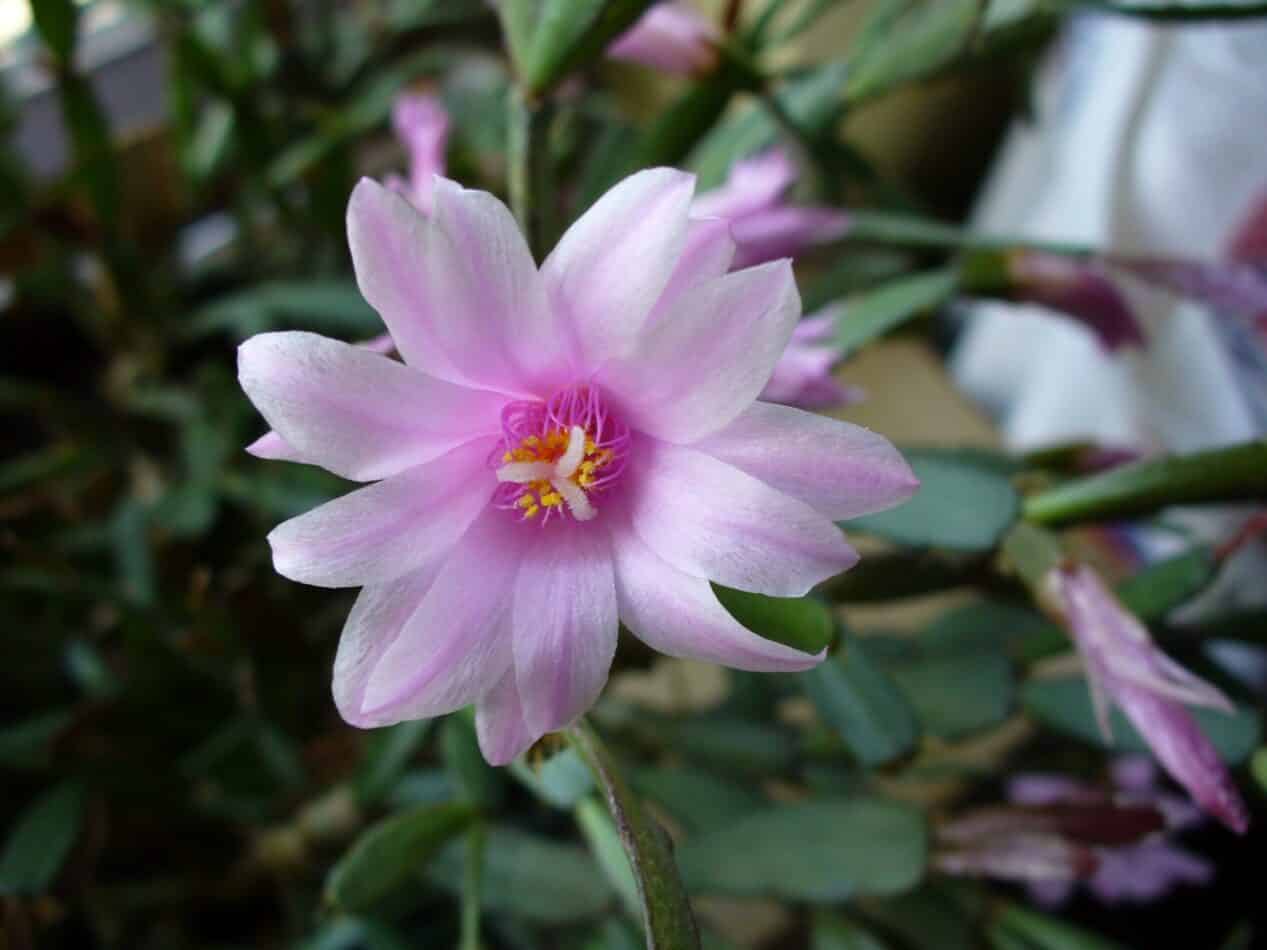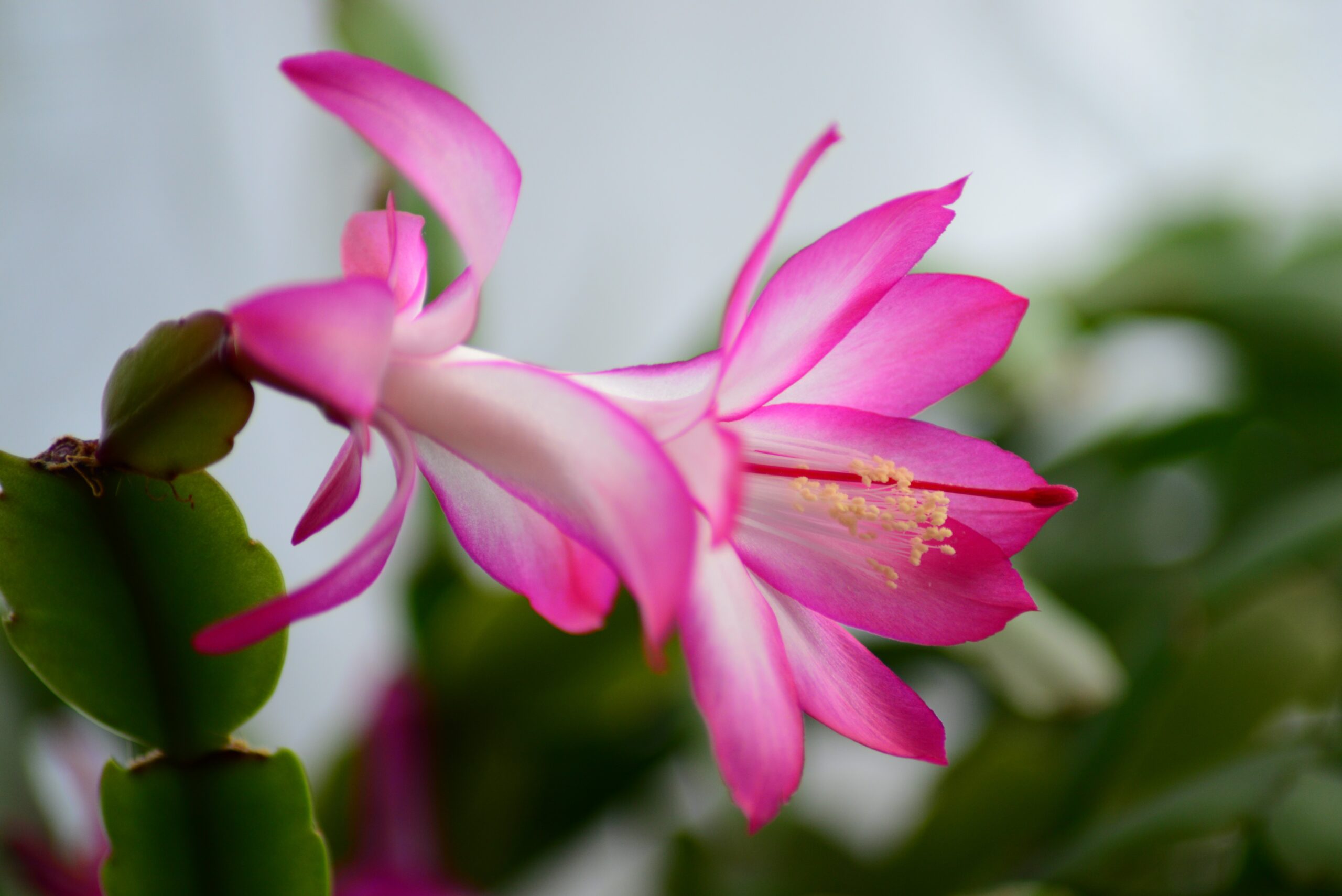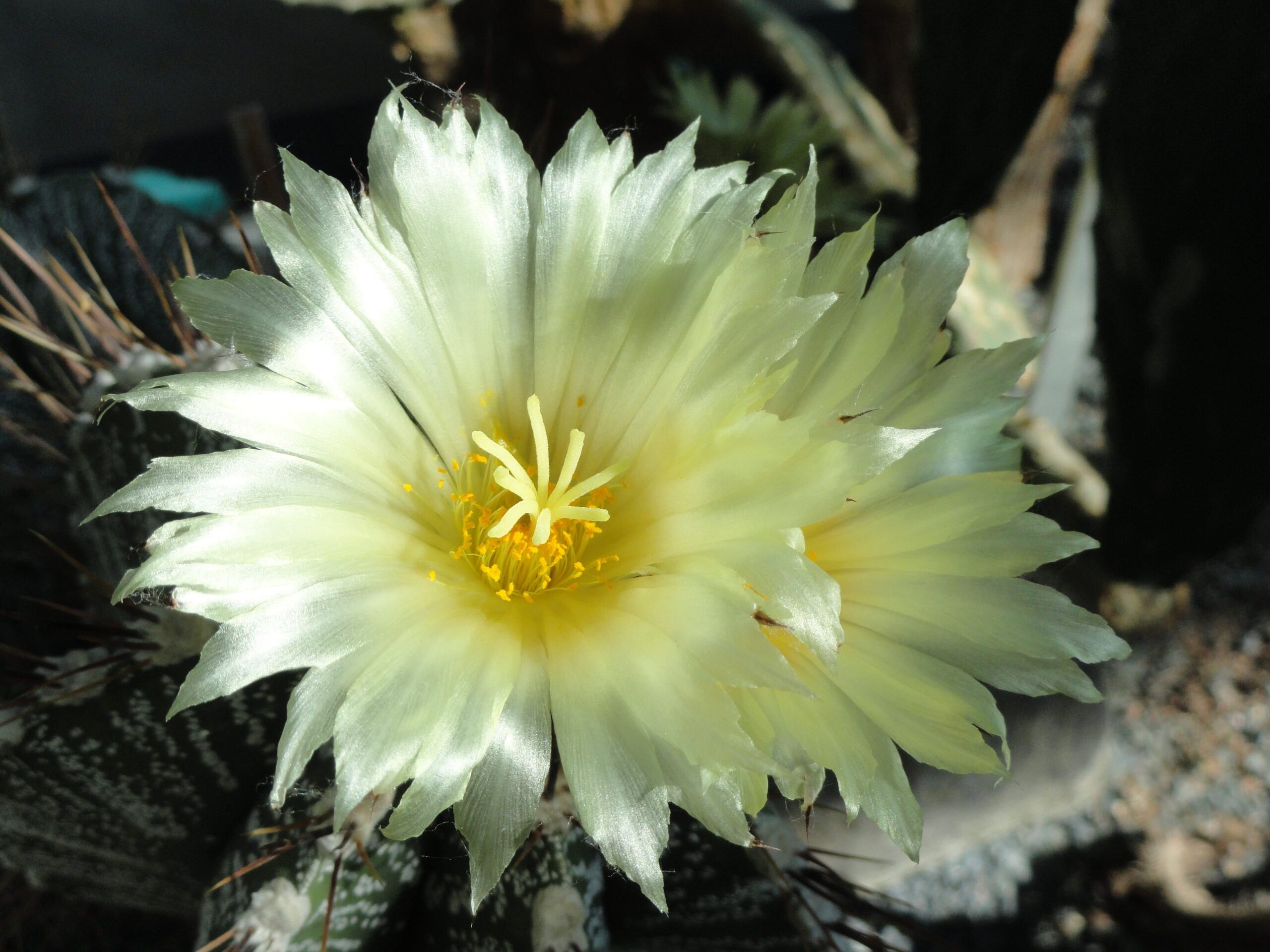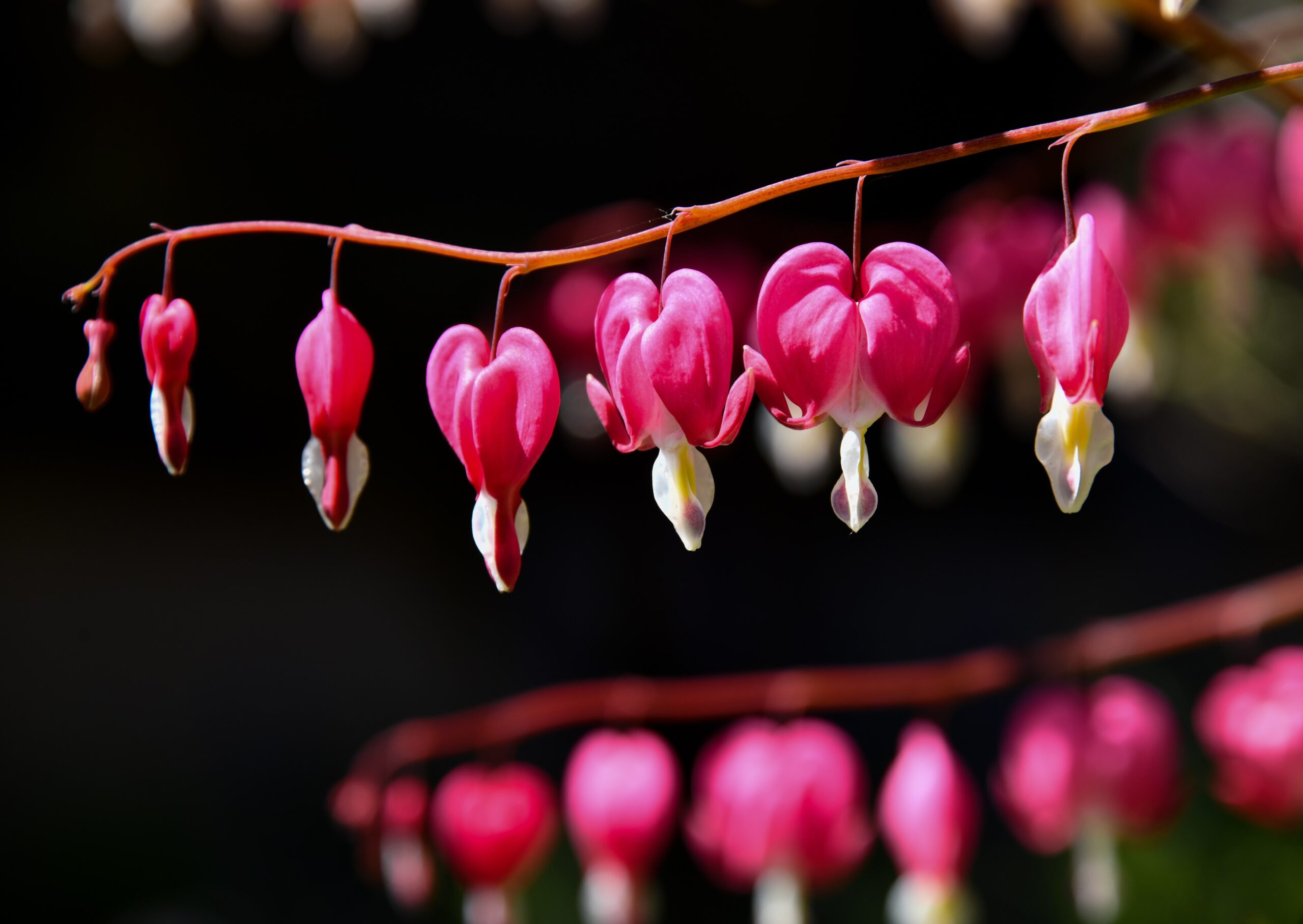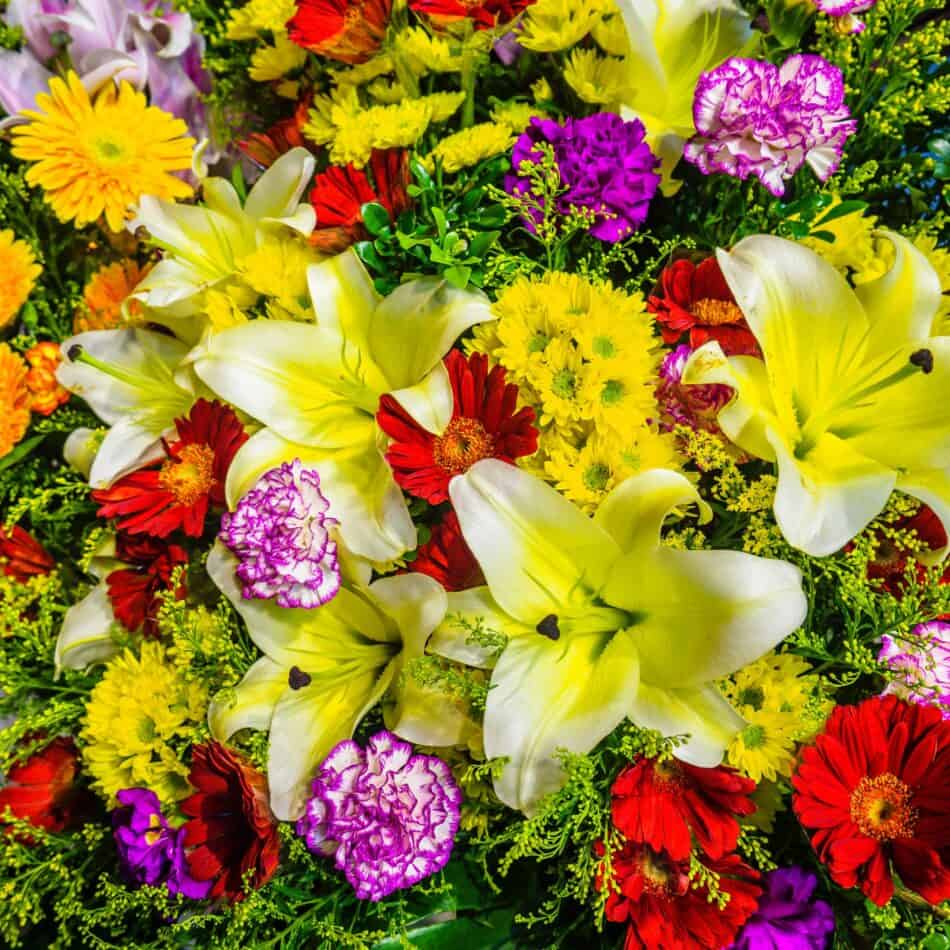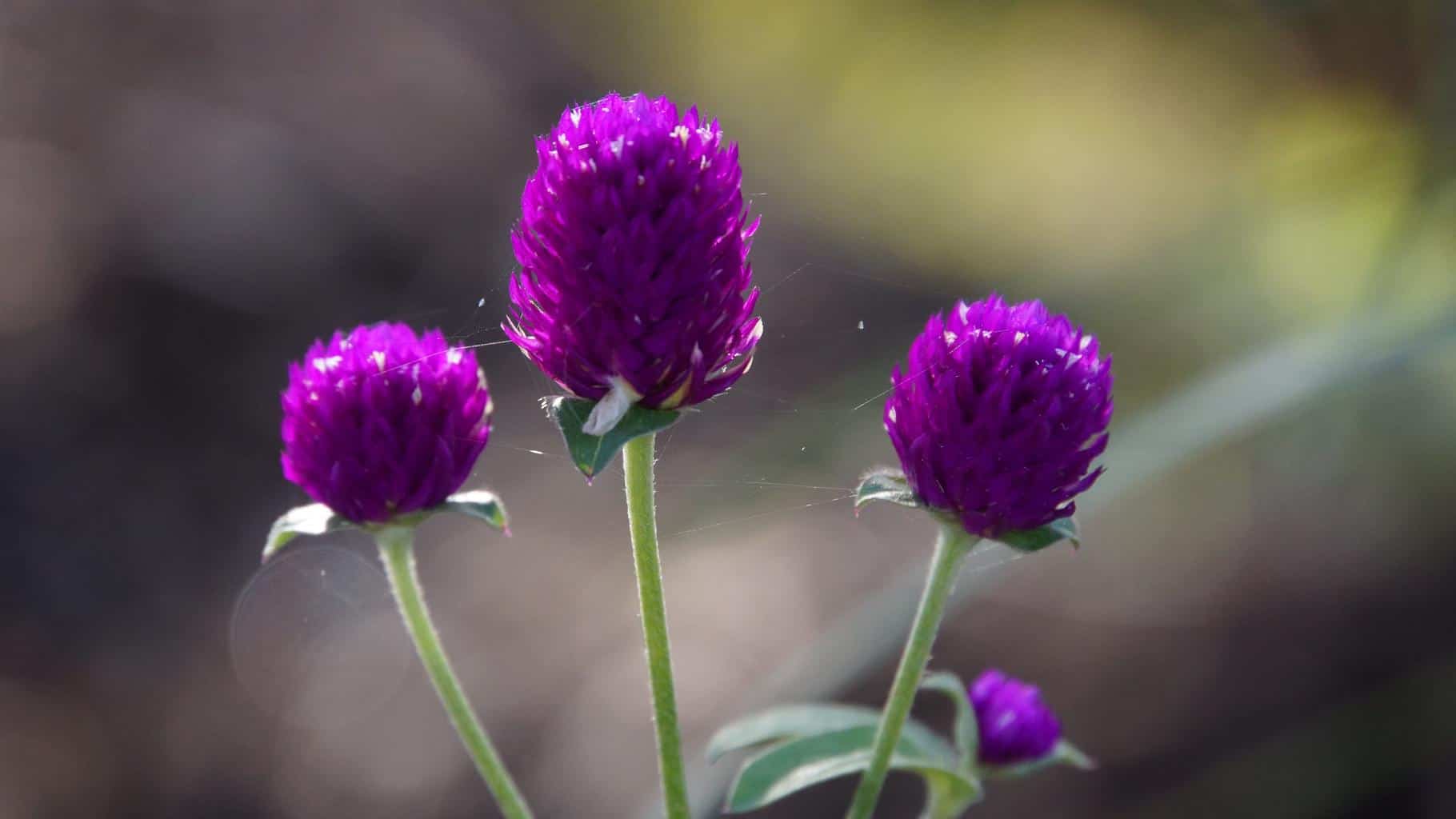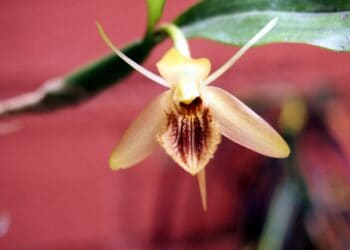When evaluating what to plant in your garden, it’s typical for flowers, fruits, veggies, and herbs to immediately come to mind – while these are undoubtedly excellent choices, it might be beneficial to your garden’s aesthetic to consider planting; an exciting strain of cacti! Cactuses or Catci have over 1,000 known species, and more are being discovered every day; there are countless options to choose one – and you’re sure to find the perfect one to match your style!
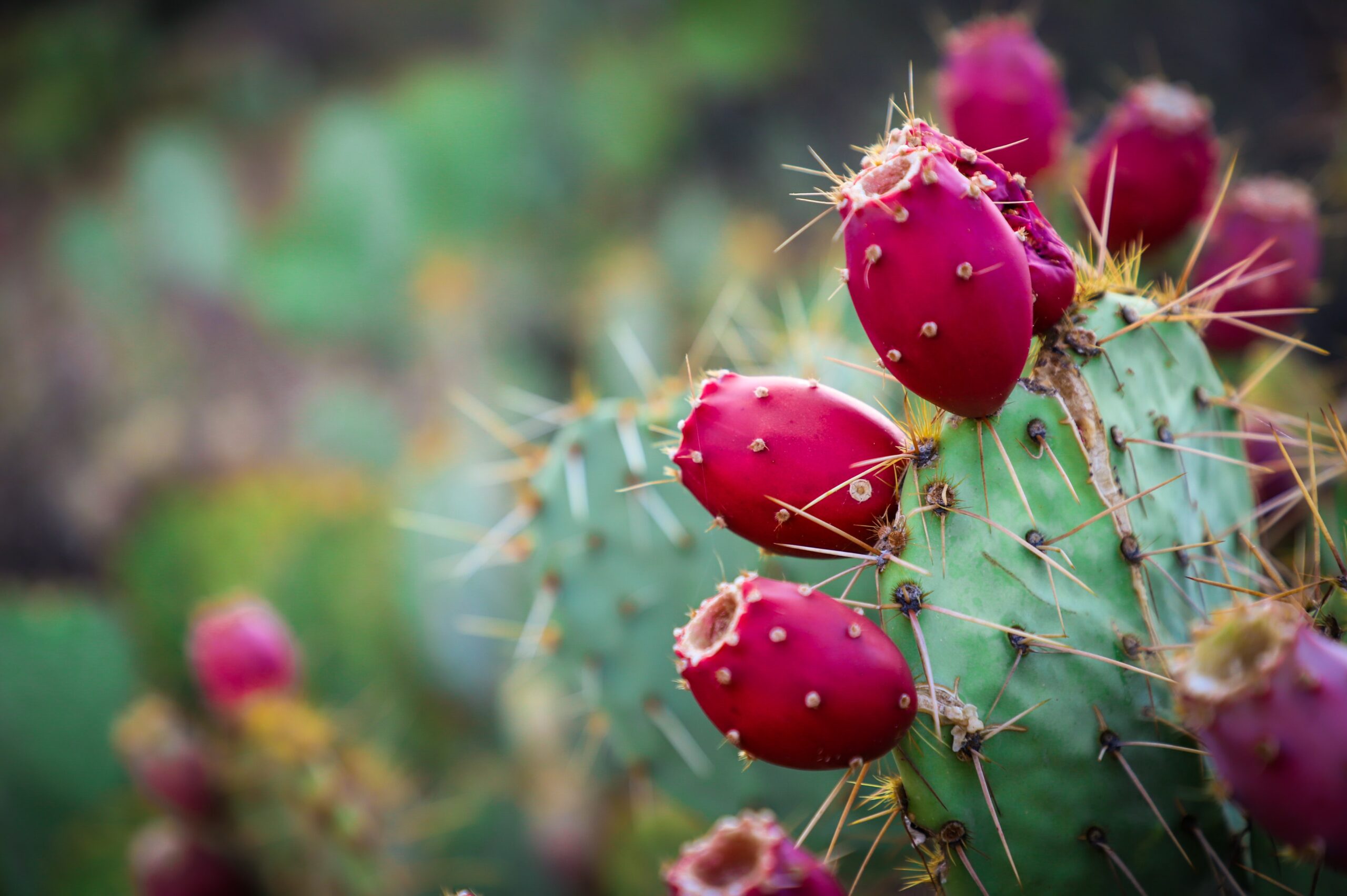
Prickly Pear Cactus
Prickly Pear – or Opuntia – is a species of cactus that can be found in multiple regions of the Western Hemisphere. This cactus, in particular, bears a heavy cultural significance in India, where it is cultivated and held in high favor due to its fruit – the Indian Fig.
These plants thrive in warm, arid environments and are often planted not only for their fruits but for the unique oils produced by their seeds. Given how much more these plants offer than just a nice view, they will make a great addition to your house or garden!
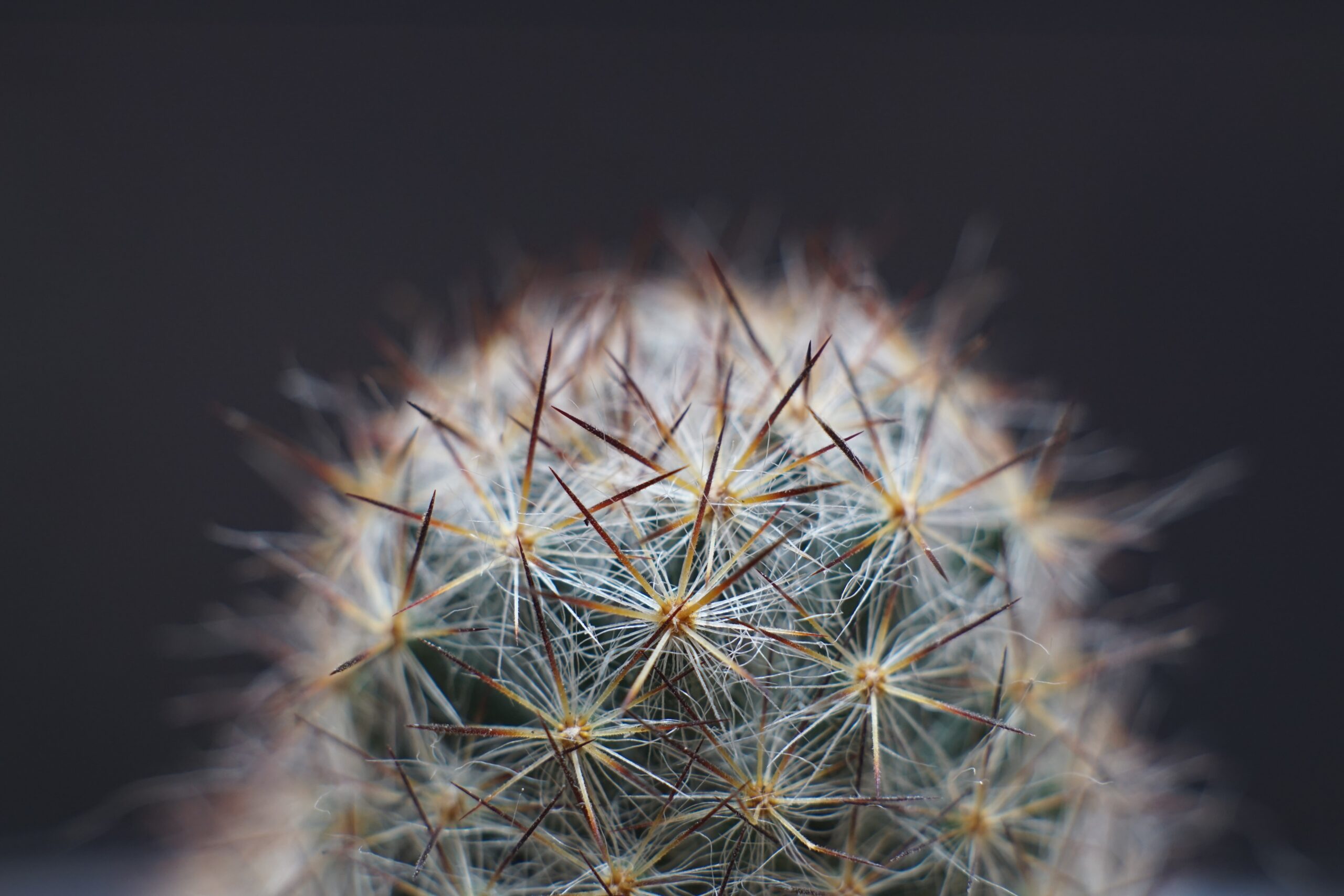
Old Lady Cactus
The Old Lady Cactus – alternately known by the name Mammillaria Hahniana – is a prominent member of the more remarkable Mammillaria genus, which is home to over 200 species of cacti. Round and with long, snow-white spines and bright pink flowers, this cactus is undoubtedly a memorable one.
This beautiful succulent can easily be grown at home, with minimal watering necessary, and its seeds often produce two or three plants in a pot. Given that they typically only grow to 4 or 5 inches in height, you won’t need to make plans to transfer it more than a few times.

Moon Cactus
This small, colorful plant is one of the most popular cacti species to date – their appeal is born from their almost complete lack of maintenance, vibrant, charming appearance, and small size. Considering they are practically impossible to kill (at least quickly), they make the perfect gift plant!
While it is doable to grow this cactus from seed, most commonly, people choose to buy them fully-grown to save themselves the trouble, as typically, Moon Cacti are grown on a host plant, which provides them the chlorophyll needed to remain healthy.
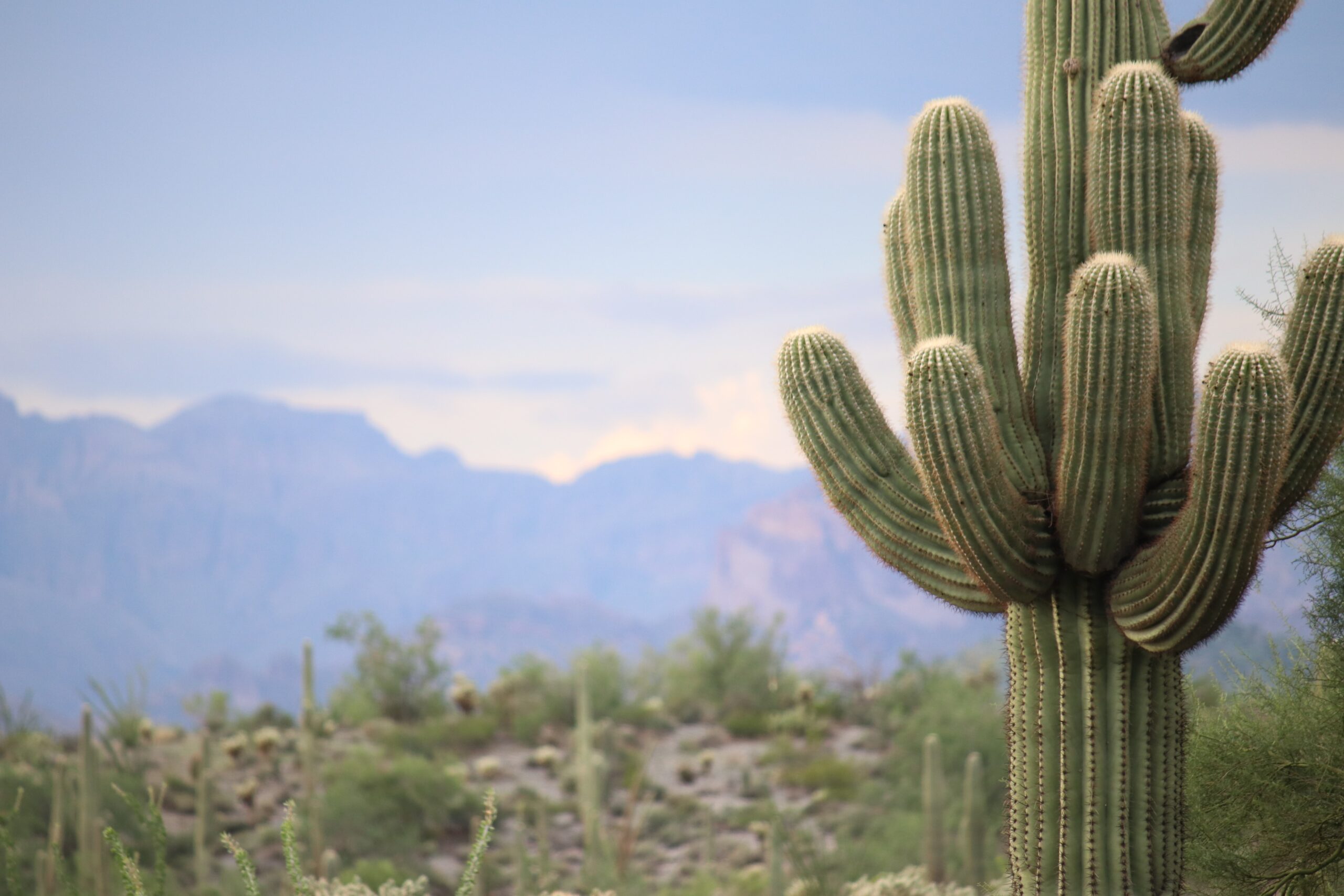
Saguaro Cactus
The Saguaro Cactus is arguably the most notable and recognizable species, especially in the continental United States. These popular cacti are native to the Sonoran region, which spans parts of Arizona, California, and Mexico. The blossom of this cactus is the official state flower of Arizona.
This plant requires gritty, well-drained soil to thrive and low water levels. The cactus can be grown in a pot initially but must be transferred into the ground once it reaches an adequate size. It is an ideal plant for an amateur grower, as they require very little maintenance.
Lady Fingers Cactus
This unique cactus tends to catch the eye quickly; with plants that grow in small clusters and rear small, delicate flowers of white, pink, and gold, Lady Fingers are certainly a popular cacti species among gardeners.
These cacti require a generous dose of bright sunlight, which can be achieved by placing them in an East or South-facing window, though their ideal location is directly in the sun. If you are transitioning this plant from indoors to outdoors, it is essential to introduce the rays gradually so as not to burn the stem.
While still suitable for amateur growers, these cacti require more maintenance than many of their counterparts. Like most, it requires direct sunlight for most of the year – but must be kept shielded from the cold in the winter months, as it is especially susceptible to frosting and root rot.
Easter Cactus
This cactus tends to deceive – with a stem that more closely resembles a plant with long, thin leaves than a cactus, which is stereotypically more spherical, with prominent needles. Its flowers are big, bright, and beautiful and provide a wide range of colors.
These cacti can easily be grown at home, though they require loam – a particular kind of soil and not as common with house cacti. However, unlike most plants, it only necessitates partial sunlight, making the Easter Cactus an excellent indoor plant.
Bishop’s Cap Cactus
The Bishop’s Cap Cactus is an exceptionally great cactus, with a dome that takes the form of a perfect star, adorned with a flower on its head of a soft white or yellow. It has no needles and is very soft and spongy to touch.
This cactus is native to the mountains of Central and Northern Mexico but can now be found nationwide across America as people have found them gorgeous and endearing. If raised from a young age, the Bishop’s Cap must gradually be introduced to direct sunlight, not to damage it.
Goat’s Horn Cactus
This exciting little plant is native to Coahuila, a region of Northern Mexico. It is mainly known for its long, spindly needles, which greatly resemble weeds, roots, or human hair. Despite its somewhat ominous appearance for the majority of the year, in spring, it yields alluring yellow flowers with centers of a deep red.
These plants remain relatively small throughout their lifespan, though they will need to be repotted a few times during the first 3 or 4 years – during that time, flowers are not expected. Keeping them outdoors, in direct sunlight, and providing little water save for spring through fall is recommended.
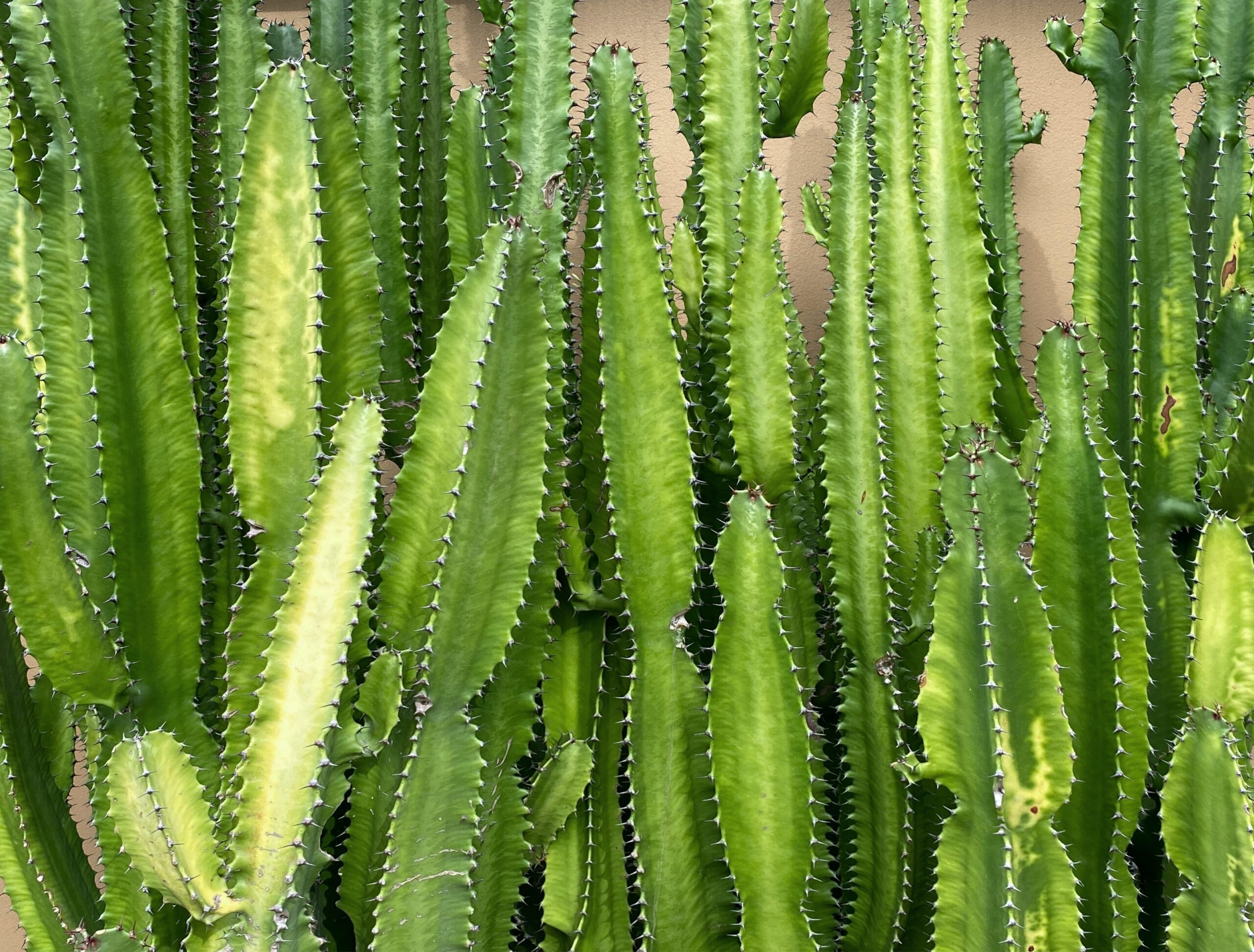
African Milk Tree Cactus
This tall, spindly cactus is very popular not in Africa, as the name suggests, but throughout South America and the parts of the Mediterranean. It is held in high regard in the gardening community due to its unique appearance and height – which can reach up to 8 feet tall.
Unfortunately, this is not a suitable cactus for amateur gardeners, as they require regular pruning and staking as maintenance. If not cared for correctly, its roots can easily collapse, preventing the plant from being able to remain upright.
While there are some fantastic examples of the beauty and diversity of cacti in this list – it only scratches the surface! There are almost 2,000 species to choose from, and we recommend doing thorough research if you’re looking to score the perfect cactus for your garden!
What we love from Amazon this week
Buy these wonderful flowers directly from Amazon:


